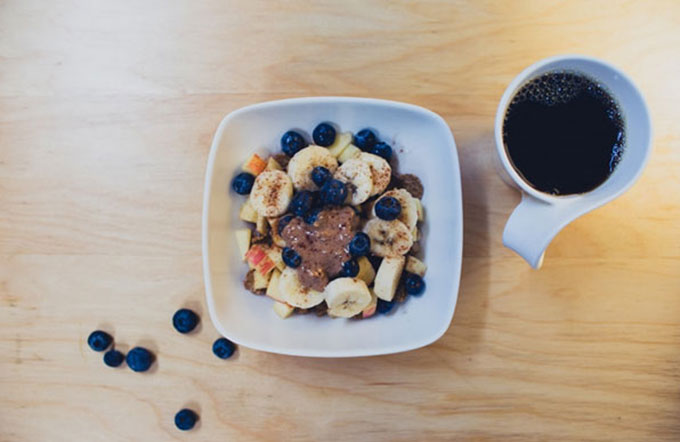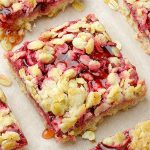
Individuals with celiac disease, has no other option than opting for a gluten-free diet. Those with celiac disease or wheat allergies have a severe intolerance to foods that contain it. They need to be much more careful when choosing ingredients and meals to start their day.
Nowadays, many more individuals are choosing gluten-free products because it has been proven to be a healthier option to other greasy foods. With all the diet fads going around, it’s hard to know what to believe and what not. So, the question remains, is a gluten-free diet a healthier option than normal diets?
WHAT IS GLUTEN?
It’s a kind of protein that is found in a variety of foods such as wheat, rye, pasta, and bread. The main function of glutenin and gliadin are to help these foods hold their shape. For those with celiac disease, consuming only a small piece of bread will trigger a bad response from their immune systems.
The small intestine’s lining is damaged and this means that nutrients from certain foods can’t be absorbed. It causes a variety of medical problems such as constipation, nausea, vomiting, and in severe cases even seizures and osteoporosis.
Click here for a full list of foods that contain gluten.
THREE KINDS OF GLUTEN INTOLERANCE
There are three kinds of conditions associated with gluten intolerance. These three conditions have different causes, levels of seriousness, and means of growth – even though they share some similar symptoms.
Allergy to Wheat – An allergy that is mostly common amongst children. An allergy to wheat lets your immune system have an abnormal response to the proteins that are found within wheat products.
Symptoms are typically nausea, difficulty breathing and in severe cases, anaphylaxis.
Celiac Disease – 1% of the world’s population has Celiac disease. It’s an autoimmune disease that causes the small intestine to become inflamed. This is because the enterocytes that lines the small intestine are damaged.
Symptoms are typically malabsorption of nutrients, weight loss, intestinal damage, and diarrhea.
Non-Celiac Gluten Sensitivity (NCGS)
Individuals who aren’t diagnosed with either of the above symptoms and still experience symptoms will have NCGS. When people experience these symptoms, they have to be tested for Celiac disease and wheat allergies. Then continue on with a gluten-free diet to decrease symptoms.
Symptoms are fatigue, joint pain, headaches, nausea, and vomiting.
IS A GLUTEN-FREE BREAKFAST AND DIET A HEALTHIER OPTION?
Investing in the best gluten free cereals, will definitely improve your health, even though it hasn’t been scientifically proven. It has been reported that the human’s digestive system isn’t equipped to digest huge amounts of products that contain grain proteins.
Modern diets are levitating towards an increase in wheat products like bread, pasta, and even cereals. Ingredients include a variety of specific carbohydrates known as FODMAPs (fermentable oligo-, di-, mono-saccharides and polyols) as well as wheat germ agglutinins, and amylase trypsin inhibitors. All these ingredients are contributing to the symptoms that relate to NCGS.
Even if you don’t suffer from wheat allergies or Celiac disease, you might still show symptoms because your body is struggling to digest huge amounts of the above-mentioned ingredients.

The only way to truly know whether a gluten-free diet will benefit your health, is to test it out yourself. Avoid eating huge amounts of foods that contain it and then monitor your own symptoms.
Many individuals have given testimony that following this new kind of diet has really improved their overall health. So, it’s worth giving it a try, especially if you are already suffering from digestive problems.
WHAT FOODS SHOULD I EAT?
At first, it might be difficult to slow down on bread and wheat-based products. With this kind of diet becoming more and more popular, you’ll be able to find products that doesn’t contain it, from cereals to burger buns. Making a gluten-free diet much easier.
Your diet can contain foods like fish, nuts and seeds, white rice, fresh eggs and meats, poultry, vegetables, fruits, tapioca, and soy. If you do some research, you’ll be able to create delicious meals by eliminating pasta, bread, and dough.
Read this to learn more about foods you can eat on this diet: https://www.healthline.com/nutrition/gluten-free-foods#1
It’s extremely important that you make a point of checking the label. Even if some groceries seem to be harmless, they might contain ingredients that don’t accommodate with your digestive system.
Eating foods that don’t upset your stomach and encourages a healthy digestive process is important to your overall health. Even though bread and wheat are part of your daily diet, it shouldn’t make out most of your diet.
Rather try healthier dietary options and start incorporating more gluten-free options into your diet. You will be able to experience the health benefits of digesting fresher produce. If you show severe symptoms after eating anything that contains wheat then you should consult your medical practitioner.






Leave a Reply